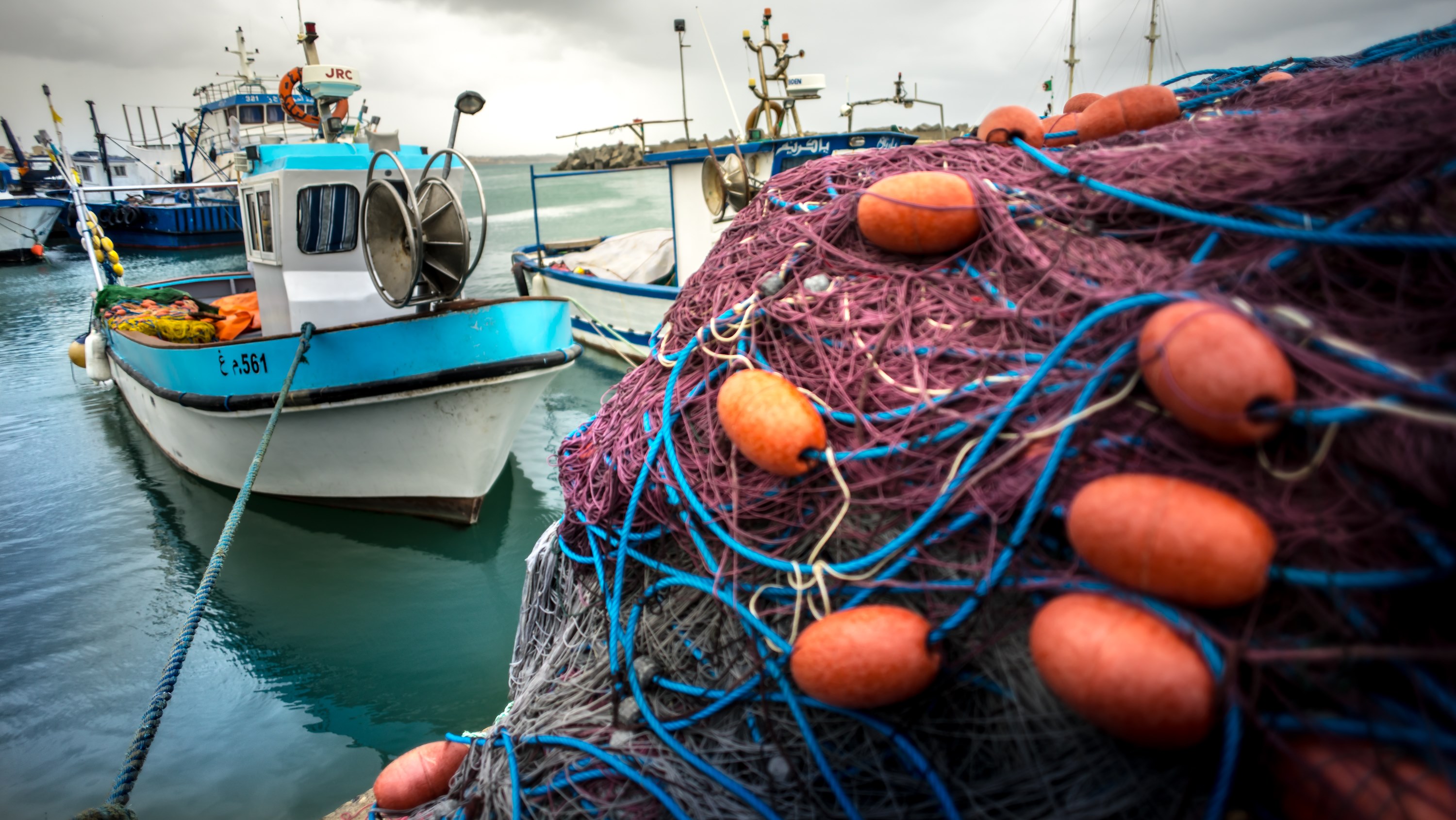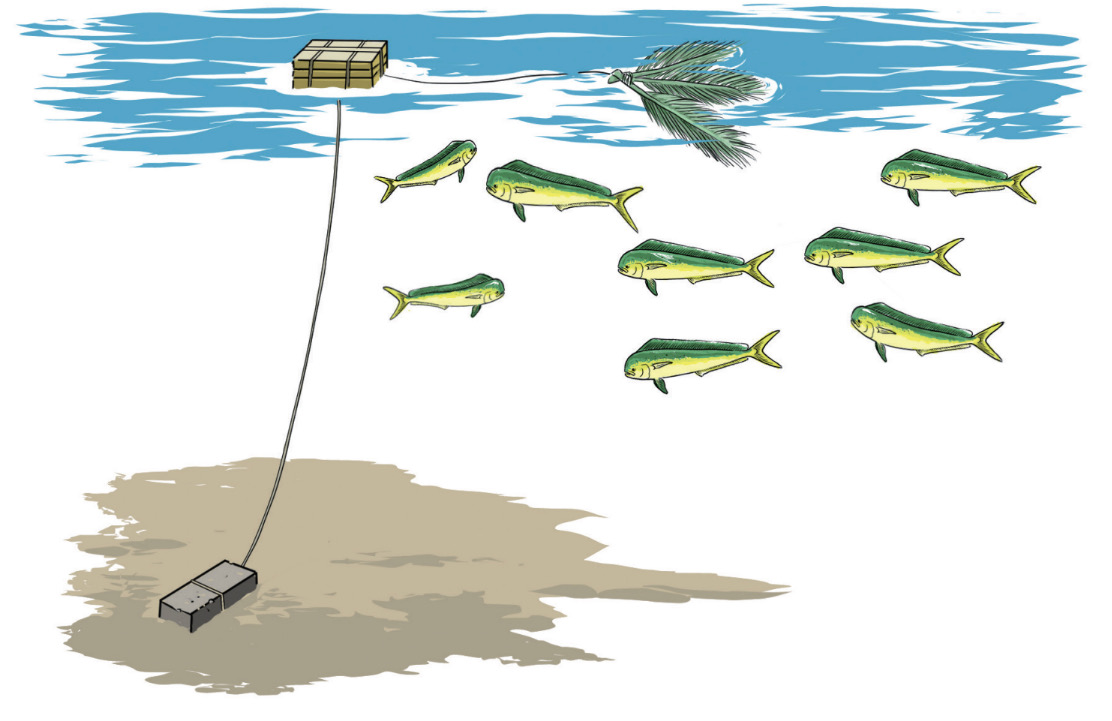New Mediterranean and Black Sea fishing gear catalogue: a milestone for fisheries management
.png)
The Mediterranean and the Black Sea are home to a very diverse fishing sector and host a wide variety of habitats and marine species. These species are caught using an extensive range of fishing gear and methods, with significant subregional and local variations. Catches are highly varied, and the structure of the regional fishing fleet is complex.
This enormous diversity poses significant challenges for fisheries management, but a new technical paper from the General Fisheries Commission for the Mediterranean (GFCM) of the Food and Agriculture Organization of the United Nations (FAO) aims to make one key aspect of the task easier to manage.
The 400-page Catalogue of fishing gear in the Mediterranean and Black Sea region is the fruit of years of work by a team of fishing technology specialists and other experts. As its name suggests, it offers a systematic overview of all the types of fishing gear and methods employed across the entire region, describing their main technical characteristics and modes of use and exploring specificities and differences, not just at national level, but at local and subregional levels too.

Fishing gear at the port ©GFCM/Claudia Amico
“This catalogue is the first synthesis work providing technical information on fishing gear ever conducted in the Mediterranean and the Black Sea, and it involved an enormous amount of research, cataloguing and standardization of information,” said Alessandro Lucchetti, the main author, and a senior researcher at the Institute for Marine Biological Resources and Biotechnology of the Italian National Research Council.“The biggest challenge was to find a way to harmonize information and make it usable for various stakeholders,” he added.
"This publication will better inform statisticians and fisheries managers about the operation of the different types of gear and their impacts on biodiversity and the marine environment,” said Jacques Sacchi, an independent expert in fisheries biology and technology, who contributed to the catalogue's development.
.png)
Illustration of fishing pots featured in the catalogue ©GFCM/Koen Ivens
The goal is to provide a useful, practical and detailed reference guide for policymakers, fisheries managers, scientists, researchers, fisheries inspectors and fishers. It seeks to help them better understand and engage with this essential aspect of the sector.
The need for such a guide has been growing in recent years. While some of the region’s fishing techniques have hardly changed from their ancestors depicted in ancient Roman mosaics, recent decades have seen major technical advances in many other types of fishing gear. Some are relatively simple in their design, construction, and use, such as passive nets, which are erected as barriers. Others are more complex and require active operation, such as when purse seiners use lights or other devices to attract fish. Two millennia of evolution and specialization have produced a myriad of different gear types and instruments in use, covering the full spectrum of species and habitats.
The catalogue was compiled through an extensive review of scientific publications, technical reports, national fishing gear inventories and other documents and it features contributions from individual researchers and fishing gear technologists working in the region. It describes gear types according to five main groups of vessels based on the categories used in the GFCM Data Collection Reference Framework (DCRF), namely “trawlers”, “seiners”, “polyvalent vessels” (including small-scale vessels), “dredgers” and “longliners”. Any gear falling outside these categories is explored in a chapter on “Other fishing methods and practices”, while there is also a separate chapter on “Fishing gear used in lagoons”. A general description is provided for each type of gear, and subregional variations are highlighted. Illustrations and technical drawings are also included.

Illustration of a fish aggregating device featured in the catalogue ©GFCM/Alberto Gennari
Greater understanding of the fishing gear and techniques used across the region will help people involved in fisheries statistics and management to accurately identify and report catches, completing a more precise picture of how fish are being caught and of the efficiency and impacts of different types of gear. These advances will enable more informed management decisions and offer monitoring, control and surveillance personnel useful information for identifying fishing gear when overseeing legal fishing operations and investigating potentially illegal practices.
The catalogue will also support regional efforts to develop more efficient, less damaging, and more selective techniques, contributing to sustainability initiatives in line with the GFCM’s strategic objective of strengthening technical measures to enhance productivity and ensure biodiversity conservation.
More specifically, the details provided by the catalogue will help fisheries stakeholders address the sustainability priorities of mitigating the incidental catch of vulnerable species and the adverse impact of fisheries on juvenile fish and discards, decarbonizing the fleet through more energy-efficient gear, developing innovative gear to remove marine litter, and reducing lost, abandoned or otherwise discarded gear.
“As a university professor, this knowledge will empower me to make informed decisions, enhance fisheries management strategies, and contribute to the sustainable use of our fisheries resources,” said Gökhan Gökçe, a fisheries expert at the Çukurova University, Türkiye.
